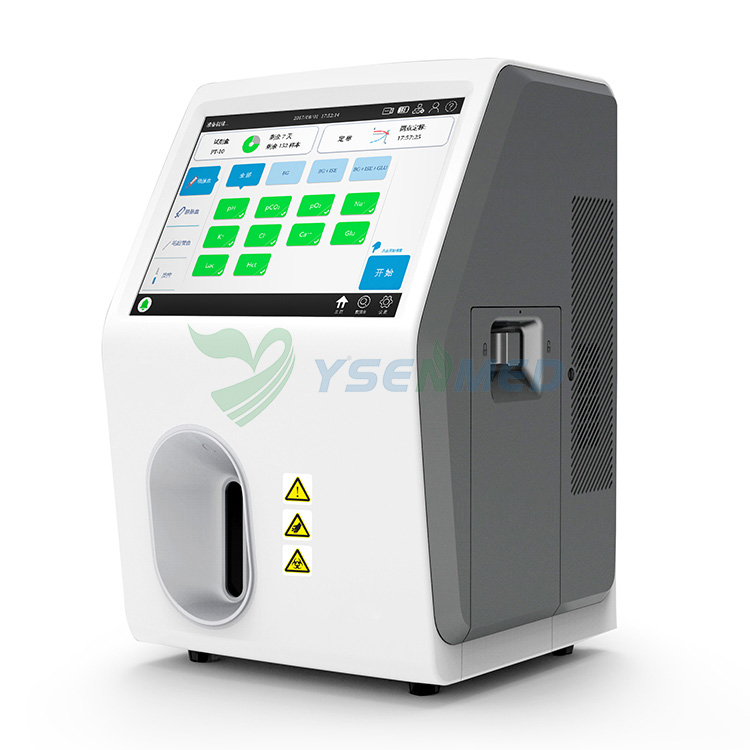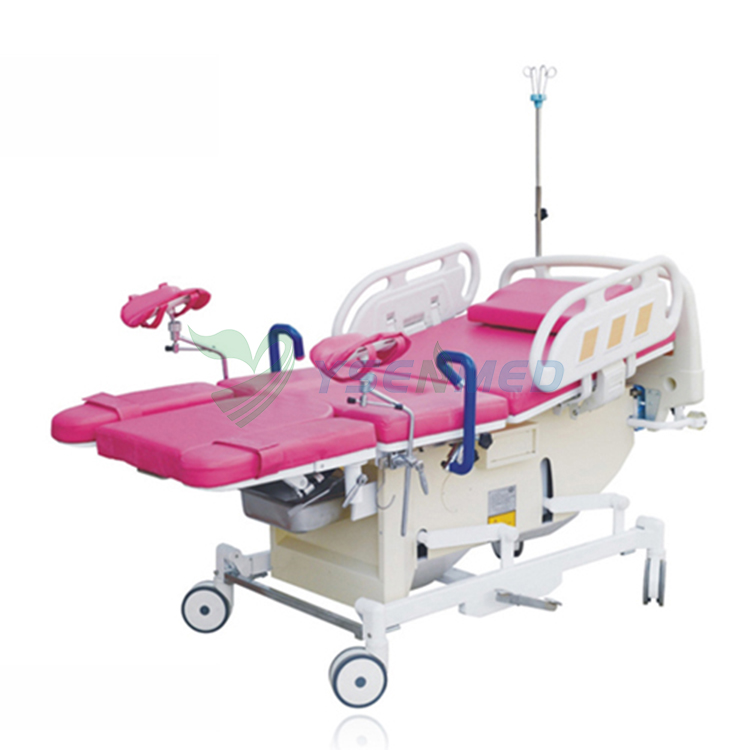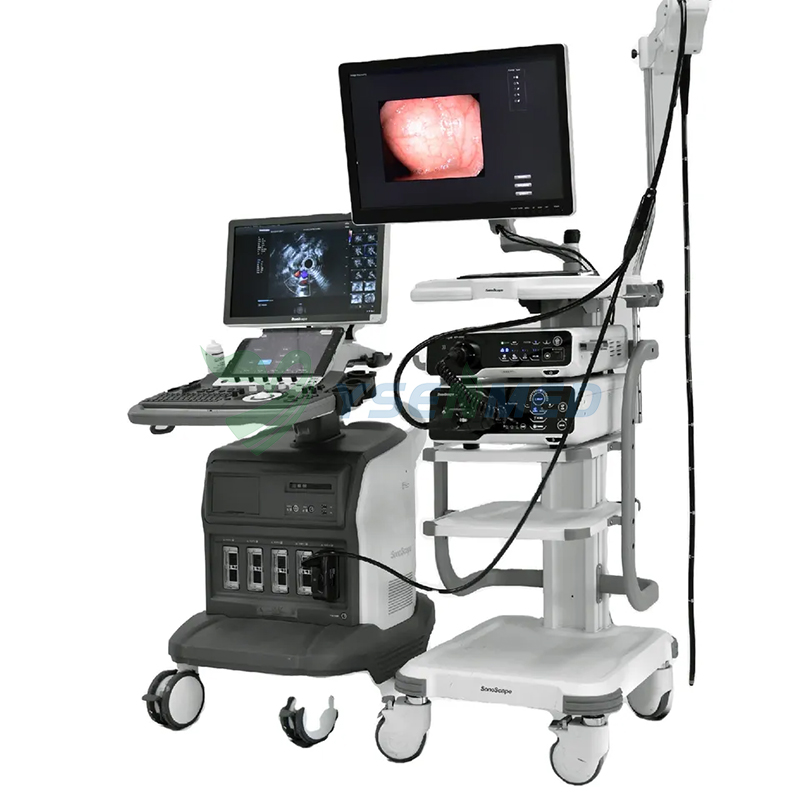Unveiling the Marvel: Part Automatic Blood Analyzer Machines in Hematology Diagnostics
In the dynamic realm of medical diagnostics, hematology stands as a crucial discipline, providing insights into blood-related conditions that significantly impact patient care. Within this field, the advent of Part Automatic Blood Analyzer Machines has ushered in a new era of efficiency, accuracy, and streamlined diagnostics. This article delves into the intricacies of these innovative machines, exploring their evolution, applications, and the transformative role they play in hematology diagnostics.
Evolution of Part Automatic Blood Analyzer Machines :
Part Automatic Blood Analyzer Machines have emerged as a result of the continuous evolution of hematology diagnostics. In the early days, manual methods dominated, requiring significant labor and time investment. However, with technological advancements, the integration of automation has become a game-changer. Part Automatic Blood Analyzer Machines represent a midway point between fully automated and manual systems, striking a balance that optimizes diagnostic processes.
Understanding the Importance of Hematology Diagnostics :
Before delving into the specifics of Part Automatic Blood Analyzer Machines, it is crucial to acknowledge the pivotal role of hematology in medical diagnostics. Accurate and timely hematology diagnostics are instrumental in detecting and managing various blood-related conditions, including anemia, leukemia, and clotting disorders. The precision of these diagnostics directly influences treatment decisions and patient outcomes.
Unveiling Part Automatic Blood Analyzer Machines :
Part Automatic Blood Analyzer Machines are sophisticated diagnostic tools designed to streamline the blood analysis process. These machines, while not fully automated, significantly reduce the manual workload, enhancing efficiency and precision. They encompass a range of functionalities, including cell counting, coagulation analysis, and flow cytometry, making them versatile instruments in the hematology laboratory.
Applications and Clinical Significance :
The applications of Part Automatic Blood Analyzer Machines in hematology are diverse and impactful. These machines play a crucial role in the diagnosis and monitoring of various blood-related conditions. Through real-time and accurate data analysis, they empower healthcare professionals to make informed decisions, ultimately improving patient care and outcomes.
Quality Standards and Features :
Ensuring the quality and reliability of diagnostic results is paramount. Part Automatic Blood Analyzer Machines adhere to stringent quality standards, encompassing features such as accuracy, precision, and user-friendly interfaces. Meeting these standards is essential to guarantee the trustworthiness of diagnostic data.
Advancements in Part Automatic Blood Analyzer Technology :
Recent advancements in Part Automatic Blood Analyzer technology have propelled these machines to new heights. High-throughput capabilities, integration with artificial intelligence for data analysis, and enhanced connectivity with other diagnostic tools are among the notable innovations. These advancements not only improve efficiency but also contribute to more comprehensive hematology diagnostics.
Integration in Clinical Settings :
Part Automatic Blood Analyzer Machines seamlessly integrate into modern clinical settings, bringing automation, connectivity, and rapid turnaround times. This integration enhances the overall efficiency of diagnostic processes, allowing healthcare professionals to focus on interpretation and decision-making.
Industry Perspectives and Collaborative Innovations :
Insights from hematologists, laboratory professionals, and industry experts provide valuable perspectives on the advancements and collaborative innovations in Part Automatic Blood Analyzer technology. Collaborations and partnerships between professionals and technology developers drive continuous improvement, ensuring that these machines meet the evolving needs of hematology diagnostics.
Regulatory Compliance and Economic Considerations :
The regulatory landscape governing Part Automatic Blood Analyzer Machines ensures their safety and efficacy. Compliance with industry standards is imperative, addressing concerns related to patient safety and data accuracy. Moreover, the economic considerations of investing in these machines include potential cost savings, improved diagnostic efficiency, and enhanced patient outcomes.
Public Awareness and Education :
Raising public awareness about the role of Part Automatic Blood Analyzer Machines in hematology diagnostics is crucial. Educational initiatives aimed at healthcare professionals and the general public contribute to a better understanding of the technology's significance. Media and healthcare organizations play vital roles in disseminating this information.
Case Studies and Success Stories :
Real-world case studies demonstrate the successful implementation of Part Automatic Blood Analyzer Machines in clinical laboratories. These case studies highlight instances where challenges were addressed, and the efficiency of diagnostic processes was significantly enhanced, leading to positive patient outcomes.
Future Trends and Continuous Improvement :
As we look to the future, continuous improvement in Part Automatic Blood Analyzer technology remains a focal point. Feedback mechanisms from healthcare professionals and end-users play a pivotal role in shaping the next generation of these machines. The trajectory points toward more advanced, efficient, and user-friendly systems.
Conclusion :
In conclusion, Part Automatic Blood Analyzer Machines are catalysts for positive transformations in hematology diagnostics. Their evolution, applications, and collaborative innovations underscore their significance in providing accurate and efficient blood-related analyses. As these machines continue to advance, the landscape of hematology diagnostics stands to benefit, ultimately improving patient care and outcomes.
Continuous Advancements in Part Automatic Blood Analyzer Technology :
The continuous evolution of Part Automatic Blood Analyzer technology is marked by ongoing advancements. Innovations such as modular designs, enhanced user interfaces, and improved connectivity are shaping these machines into sophisticated tools that meet the ever-changing demands of hematology diagnostics. The adaptability of these systems to emerging technologies ensures that they remain at the forefront of diagnostic capabilities.
Integration into Telemedicine and Remote Diagnostics :
In an era where telemedicine is gaining prominence, Part Automatic Blood Analyzer Machines contribute significantly to remote diagnostics. Their ability to generate real-time, accurate results, coupled with connectivity features, facilitates remote consultations. This section explores how these machines play a role in extending diagnostic capabilities beyond traditional laboratory settings, enhancing accessibility to specialized care.
Global Perspectives on Part Automatic Blood Analyzer Adoption :
The adoption of Part Automatic Blood Analyzer Machines varies globally, influenced by healthcare infrastructures, economic factors, and technological readiness. Examining global perspectives provides insights into regional disparities, challenges faced, and successful implementations. It sheds light on the importance of tailoring these technologies to diverse healthcare environments.
Cultural Considerations in Hematology Diagnostics :
Cultural sensitivity in adopting Part Automatic Blood Analyzer Machines is crucial. Understanding and respecting diverse cultural beliefs and practices related to healthcare is essential for the successful implementation of these technologies. This section explores initiatives and strategies to ensure that the introduction of Part Automatic Blood Analyzer Machines aligns with the cultural contexts of different regions.
Public Policy and Advocacy Efforts :
Part Automatic Blood Analyzer Machines are subject to regulatory frameworks, and this section delves into the role of public policy in shaping their adoption. Advocacy efforts aimed at influencing policy changes for improved standards, accessibility, and responsible use of these diagnostic tools are highlighted. Successful instances where policy changes positively impacted hematology diagnostics are examined.
Economic Considerations and Cost-Effectiveness :
The economic implications of adopting Part Automatic Blood Analyzer Machines extend beyond initial investments. This section explores long-term cost-effectiveness, potential financial benefits for healthcare institutions, and the overall economic impact of integrating these machines into diagnostic workflows. Considerations for optimizing return on investment are addressed.
Public Awareness and Education Campaigns :
Ongoing public awareness and education campaigns are essential for demystifying Part Automatic Blood Analyzer Machines. This section explores the role of media, educational institutions, and healthcare organizations in disseminating information. Strategies for fostering understanding among healthcare professionals, patients, and the general public contribute to successful adoption.
Ethical Considerations in Hematology Diagnostics :
Ethical considerations surrounding the use of Part Automatic Blood Analyzer Machines are paramount. Transparent communication with patients, ensuring informed consent, and addressing potential ethical dilemmas are explored in this section. The responsible and ethical use of these diagnostic tools aligns with the principles of patient-centered care.
Future Horizons and Emerging Technologies :
As Part Automatic Blood Analyzer Machines continue to evolve, exploring future horizons and emerging technologies becomes imperative. This section delves into potential developments, including advancements in artificial intelligence, miniaturization, and novel diagnostic modalities. The trajectory of these technologies points toward a future where hematology diagnostics are more precise, efficient, and accessible.
Conclusion :
In the final stretch, the article reflects on the comprehensive exploration of Part Automatic Blood Analyzer Machines. It emphasizes their role in shaping the landscape of hematology diagnostics, from continuous technological advancements to global perspectives, cultural considerations, and ethical dimensions. As these machines evolve and integrate into diverse healthcare ecosystems, the future promises even more sophisticated, efficient, and patient-centered hematology diagnostics.




